Germany : Strong Demand and Innovation Drive Growth
Germany holds a dominant market share of 7.5% in the European motorcycle apparel sector, valued at approximately €1.2 billion. Key growth drivers include a robust motorcycle culture, increasing disposable income, and a rising focus on safety gear. Demand trends show a shift towards high-quality, technologically advanced apparel, supported by government initiatives promoting road safety and environmental sustainability. The country boasts a well-developed infrastructure, with extensive road networks and a strong manufacturing base for motorcycle gear.
UK : Youthful Demographics Fuel Market Growth
The UK motorcycle apparel market accounts for 4.8% of the European share, valued at around €800 million. Growth is driven by a younger demographic embracing motorcycle culture, alongside a surge in leisure riding. Demand for stylish yet functional apparel is on the rise, with government initiatives supporting motorcycle safety training. The UK has a vibrant motorcycle community, particularly in cities like London and Manchester, where urban commuting is common, enhancing the demand for fashionable gear.
France : Diverse Market with Unique Preferences
France represents 4.2% of the European motorcycle apparel market, valued at approximately €700 million. The growth is fueled by a rich motorcycle culture and a strong tourism sector, with many riders participating in events like the MotoGP. Demand trends indicate a preference for stylish, high-performance gear, supported by government regulations promoting safety standards. Key markets include Paris and Marseille, where the competitive landscape features major players like Dainese and Alpinestars, catering to diverse consumer preferences.
Russia : Growing Interest in Motorcycle Riding
Russia's motorcycle apparel market holds a 3.0% share in Europe, valued at around €500 million. The growth is driven by increasing interest in motorcycle riding, particularly among younger consumers. Demand trends show a rising preference for durable and weather-resistant apparel, influenced by the country's diverse climate. Key cities like Moscow and St. Petersburg are central to market dynamics, with local players emerging alongside international brands like BMW Motorrad, creating a competitive landscape.
Italy : Home to Renowned Brands and Designers
Italy accounts for 2.7% of the European motorcycle apparel market, valued at approximately €450 million. The market is characterized by a blend of heritage and innovation, with brands like Dainese and Alpinestars leading the way. Growth drivers include a strong fashion influence and a commitment to high-quality materials. Demand trends reflect a preference for stylish yet functional gear, particularly in regions like Lombardy and Emilia-Romagna, where motorcycle culture is deeply rooted.
Spain : Youth Engagement and Urban Mobility
Spain's motorcycle apparel market holds a 1.8% share in Europe, valued at around €300 million. The growth is driven by increasing youth engagement in motorcycle riding and urban mobility trends. Demand for affordable yet stylish apparel is on the rise, supported by government initiatives promoting sustainable transport. Key markets include Barcelona and Madrid, where a vibrant motorcycle community thrives, featuring both local and international brands competing for market share.
Rest of Europe : Varied Preferences Across Regions
The Rest of Europe accounts for a mere 0.18% of the motorcycle apparel market, valued at approximately €30 million. This fragmented market presents diverse consumer needs, influenced by local cultures and riding conditions. Growth drivers include increasing awareness of motorcycle safety and a rise in leisure riding. Countries like Belgium and the Netherlands show potential for growth, with local players and international brands like Rev'it gaining traction in these markets.


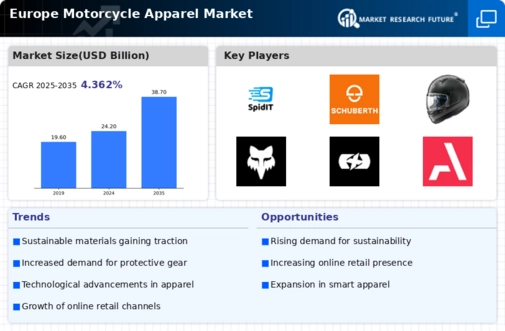
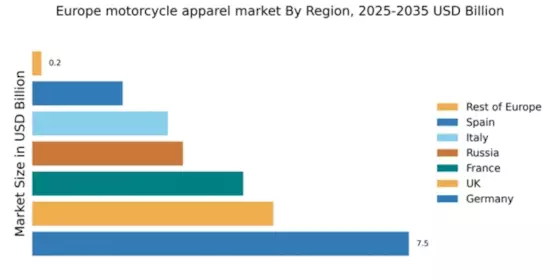
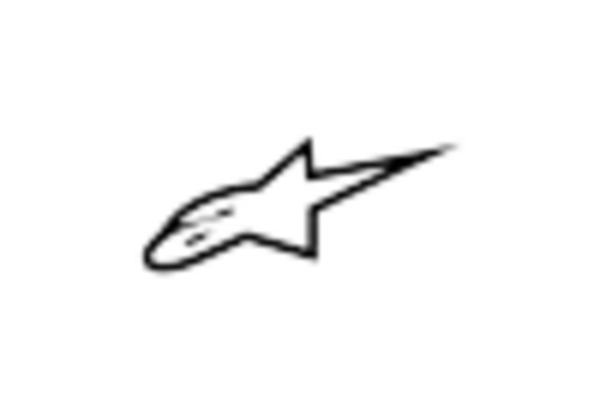
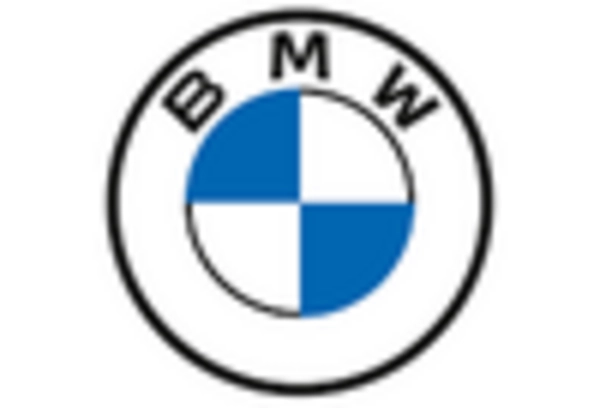
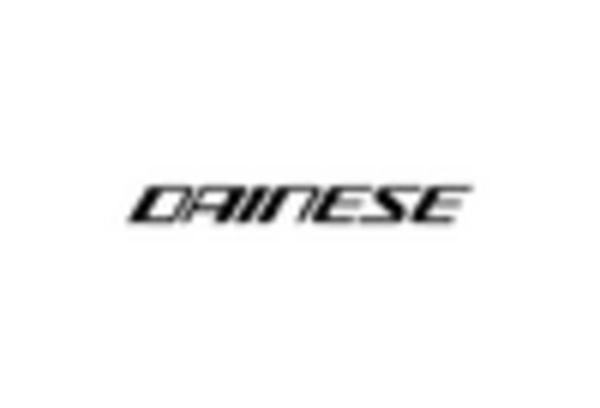

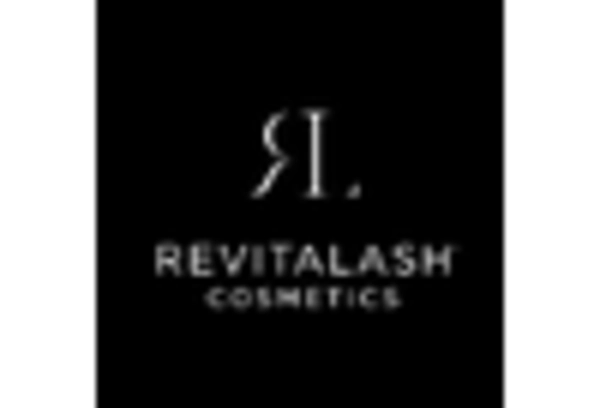








Leave a Comment